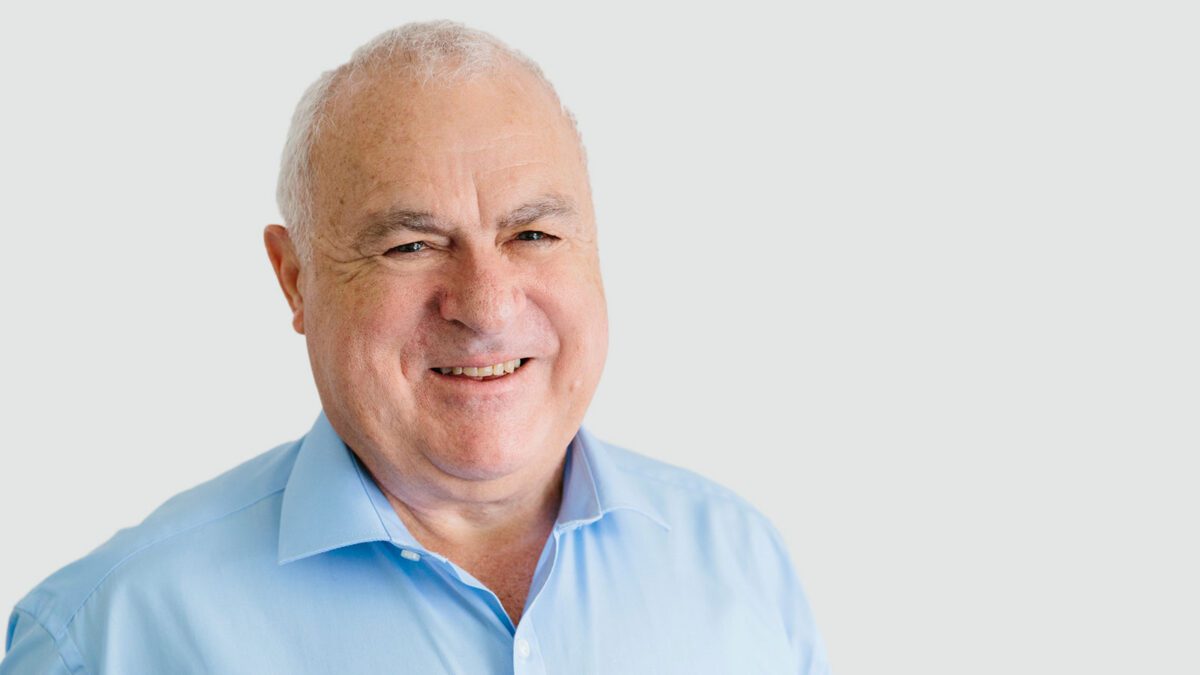Different benchmarks, different challenges for the new YFYS
Treasury’s review into the Your Future Your Super (YFYS) regulations, launched in late 2022, has culminated in a more flexible approach to the superannuation performance test. But the extension of that test into trustee-directed products could mean extreme difficulty for exclusionary and conservative options, according to Willis Towers Watson.
The key changes to the YFYS performance test, announced April 4, are threefold: the application of the performance test to trustee-directed products (TDPs), or those for which the trustee has control over the design of the investment strategy; the extension of the length of the test to 10 years; and the introduction of a handful of new and updated benchmarks to make some asset classes more manageable within the constraints of the test.
“The old test was very much geared around the reporting [that the Australian Prudential Regulatory Authority] got on a strategic asset allocation basis, and one of the reasons they’ve been able to broaden the indices this time is because they have disaggregated a few things in the new reporting standards,” says Jonathan Grigg (pictured), investments director at Willis Towers Watson.
The new benchmarks include low-risk alternatives (25/75 equities/bonds) and high-risk alternatives (75/25 equities/bonds); disaggregated benchmarks for emerging and developed markets in global equities; and disaggregated benchmarks for fixed income, including ex-credit.
“Probably the biggest challenge with the new indices is on that fixed-interest side, where the overall Australian fixed-interest benchmark now includes inflation-linked bonds and floating-rate notes,” Griggs says. “It’s still 80 per cent-plus the old index but with some other things thrown in. You might expect that funds would use those different things, but they aren’t going to use them in the weights that are in that benchmark – to be honest, it’s probably cleaner just to use the old benchmark.’
And while the disaggregation of alternatives is an improvement, it’s still not perfect.
“The whole point in alternatives is that they don’t behave like equities or bonds, but the benchmarks being used still include equities and bonds,” Griggs says. “But the fact that you can have growth or defensive alternatives gives a bit more flexibility in what you can invest in, and a lot of alternatives have some beta to equities. We’d probably argue that using cash instead of bonds for the defensive aspect makes more sense – you wouldn’t really want to have duration risk in your alternatives.”
Including TDPs in the test is “probably more of a negative than a positive”, Griggs says; it’ll probably give consumers more protection, but “stifles innovation” in products that people have made an active choice to move into.
“At the margins [there’s improvement in TDP treatment], but the biggest challenge is still on the fixed-interest side. On the growthy TDPs they face similar issues to MySuper products, which are pretty growthy. The biggest challenge has always been on defensive options with a lot of defensive assets. Previously there was only one benchmark for Australian fixed interest, one benchmark for global fixed interest and one for cash. It’s broader than it was, but in combining some of those benchmarks into one it doesn’t give you much flexibility to vary your duration.”
Tough choices in Choice products
“Treasury has done a good job without making significant change, and that would have been moving to a model that blended multiple metrics and the APRA overlay – a real overhaul of the system itself,” says David Bell, executive director of the Conexus Institute. “That didn’t seem to be within scope. The biggest change could have been adding a completely different risk-adjusted metric (to the test)… but they might have considered that too much of a wholesale change.”
“Most of the shortcomings that existed remain. That’s obviously disappointing, but the flipside is that the industry has had a few years living with this and have broadly adjusted to it. Yes, there’s some system costs – but that’s the cost of having consumer protections in place.”
The application of the test to TDPs is still problematic, and all the flaws that exist within the test will be exacerbated in the TDP space. Conservative options will find the test environment difficult, while exclusionary options might no longer be viable.
“You’ve also got your sustainable investment options that fall under that TDP banner; if you follow that area with strong conviction by excluding particular activities, you incur significant tracking error, and that’s going to be really contested activity. Whether trustees continue to offer those products or pull back on their commitments, they’re getting that push from members where they really want them to do something – not just give the product a name. They’re going to get squeezed on sustainable products, and I wouldn’t be surprised if some are just withdrawn.”










